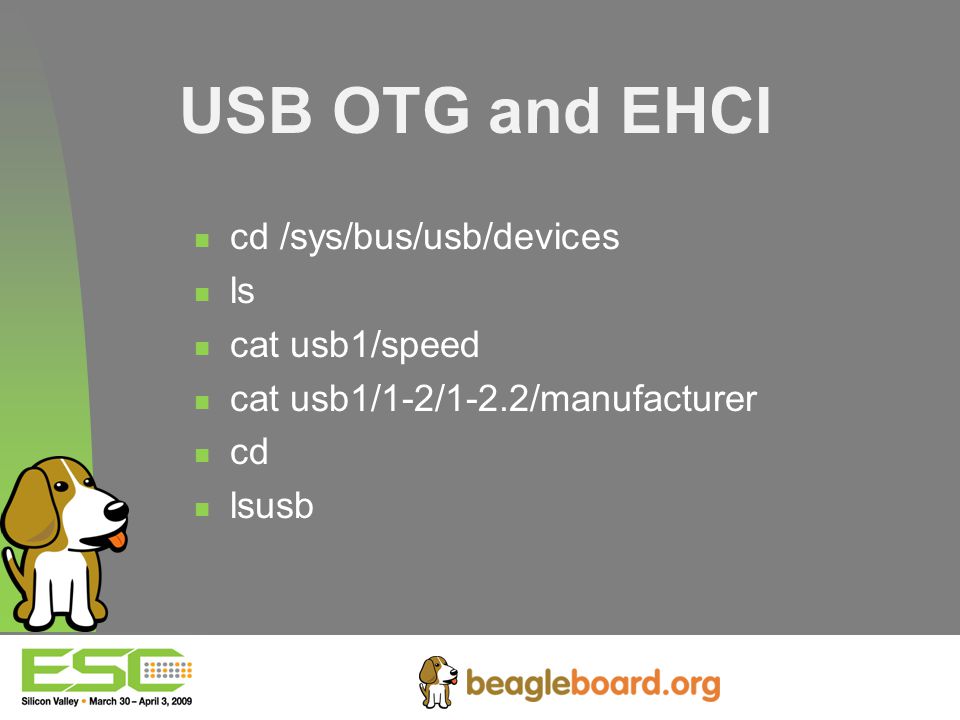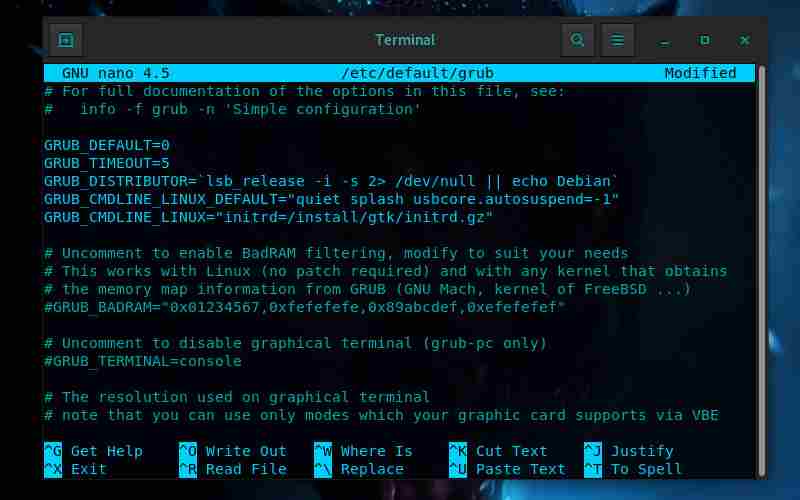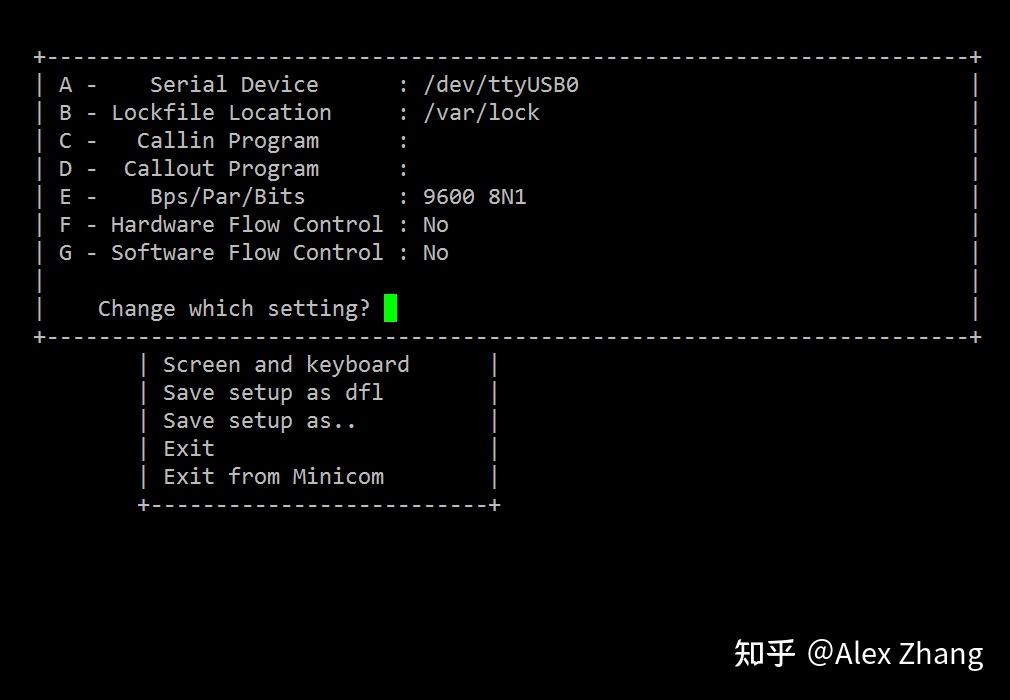
The new file contains several binary files of a given firmware for different adapter cards.Ī tool for burning externally managed PHYĪ tool for burning and debugging Mellanox devices with FPGA. The mlxarchive tool allows the user to create a file with the mfa2 extension. Note: The same tool with embedded firmware binaries is released separately and is named mlxup. It provides a simple 'single click' firmware update functionality. The mlxfwmanager is a Mellanox firmware update and query utility. It includes query functions to the burnt firmware image and to the binary image file.Īllows the user to change some of the device configurations without having to create and burn a new firmware. This tool burns a firmware binary image or an expansion ROM image to the Flash of a Mellanox network adapter/ switch device.

In that case, you can differentiate them by serial number (beware, some FT232 clones all have the same serial number!) However, you might have two the same (I have, they are FT232 USB serial ports). It may be enough to use the manufacturer IDs in the nf stuff. # delete any existing symlink to the port, then create the new oneĮcho "creating symlink $" > /dev/console Ttyname="/dev/cua$(sysctl -n dev.uftdi.$ftunit.ttyname)" # arg 2 - symlink to create/delete in /dev (any existing one deleted) # arg 1 - device name, of the form uftdi? You will probably have something a lot simpler, and probably not need that translation. This one translates the USB device name to a serial port name, bacause I'm using an FTDI USB port serial chip.

Here is my script, which is probably more than you will need. Your programs use this to access the device. This works out the true serial port number by devious means, and then adds a symbolic link in /dev. Notice that the action is to run a script. Here is an example for the USB serial port that handles my doorbell: # Set up symlink to doorbell serial portĪction "/root/bin/cuaconfig $device-name doorbell $sernum" You'll need to use something unique about the device (e.g.

You need to add some stuff to etc/nf which handles the specific device when it appears. I don't think you can lock, but there's a fairly easy way to do this.


 0 kommentar(er)
0 kommentar(er)
